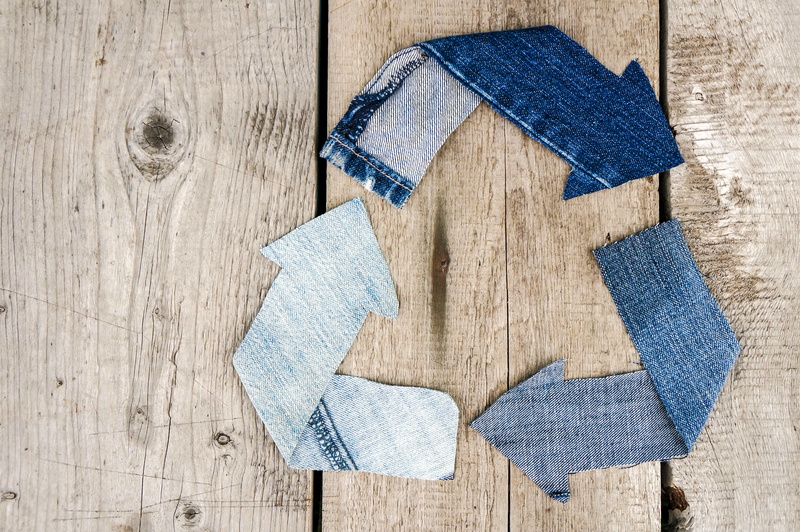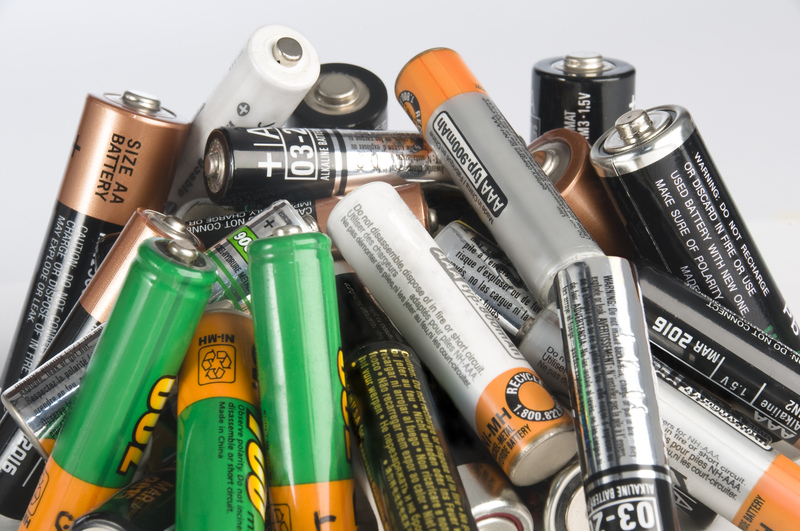The ongoing environmental impact of holiday packaging waste
Posted on 17/09/2024

The sheer volume of holiday packaging waste can be overwhelming. From wrapping paper to gift bags, cardboard boxes, and plastic packaging, it all adds up to millions of tons of waste each year. This not only takes up space in landfills but also contributes to air and water pollution, as well as the depletion of natural resources.
One of the main culprits of holiday packaging waste is single-use plastics. Products like plastic bags, straws, and Styrofoam containers are used to package gifts and food items during the holidays. These materials are often not recyclable and end up in landfills or pollute our oceans and waterways, harming wildlife and marine life. The production of these plastics also has a significant carbon footprint, contributing to climate change.
Aside from plastic materials, wrapping paper is another major contributor to holiday packaging waste. While it may seem harmless, most wrapping papers are coated with non-recyclable materials such as foil or glitter, making them difficult to recycle. Additionally, many people do not recycle wrapping paper properly, resulting in even more waste.
The disposal of holiday packaging waste also has financial implications on local communities. The cost of managing and disposing of this excessive amount of waste falls on taxpayers. Moreover, improper disposal practices can lead to littering and create an eyesore in our neighborhoods and public spaces.
So what can we do to minimize the environmental impact of holiday packaging waste? Firstly, we need to rethink traditional gift-giving practices. Instead of using disposable wrapping paper and plastic bags, consider using reusable gift bags or wrapping presents in fabric or scarves. This not only reduces waste but also adds a personal touch to the gift.
When it comes to food and drink packaging, opt for products with minimal or no packaging at all. If you are hosting a holiday gathering, use reusable dishes and utensils instead of disposable ones. Alternatively, choose biodegradable or compostable options.
Another way to reduce holiday packaging waste is by shopping locally and supporting businesses that have eco-friendly packaging practices. By doing so, you not only minimize your carbon footprint but also support small businesses in your community.
In conclusion, the ongoing environmental impact of holiday packaging waste is undeniable. However, we all have a part to play in reducing our contribution to this issue. By making small changes in our gifting and purchasing practices, we can make a big difference in the amount of waste generated during the holidays.
The pros of addressing this issue include preserving our planet for future generations, reducing pollution and littering, and saving money on waste management costs. The cons include potential inconvenience and extra effort in finding alternative packaging materials, as well as potentially higher costs for eco-friendly options.
Some tips for reducing holiday packaging waste include planning ahead and being mindful of the amount of packaging used when purchasing gifts and food items. Additionally, educate friends and family about the importance of reducing holiday packaging waste and suggest eco-friendly alternatives.
The main takeaway from this article is that our actions during the holiday season can have a significant impact on the environment. It's important to be conscious of our choices and make efforts to reduce our waste. By making small changes, we can make a positive impact on the environment without compromising the joy and spirit of the holidays. So let's rethink our holiday packaging habits and opt for more sustainable practices that will benefit both us and the planet in the long run.






